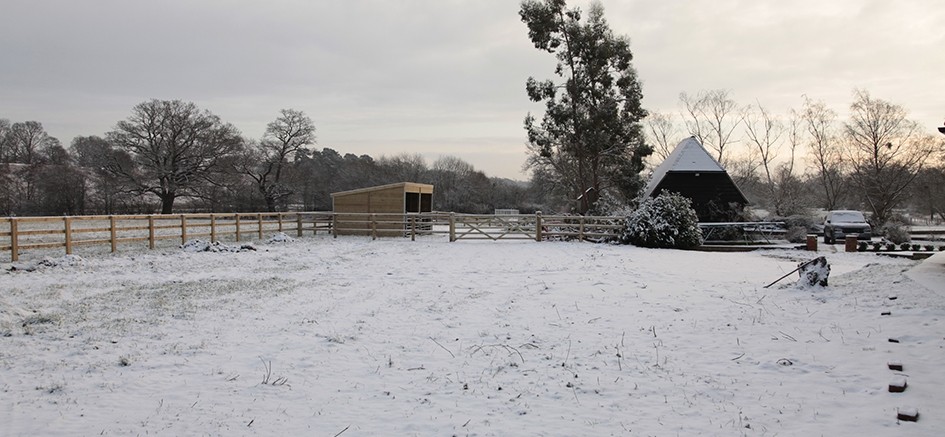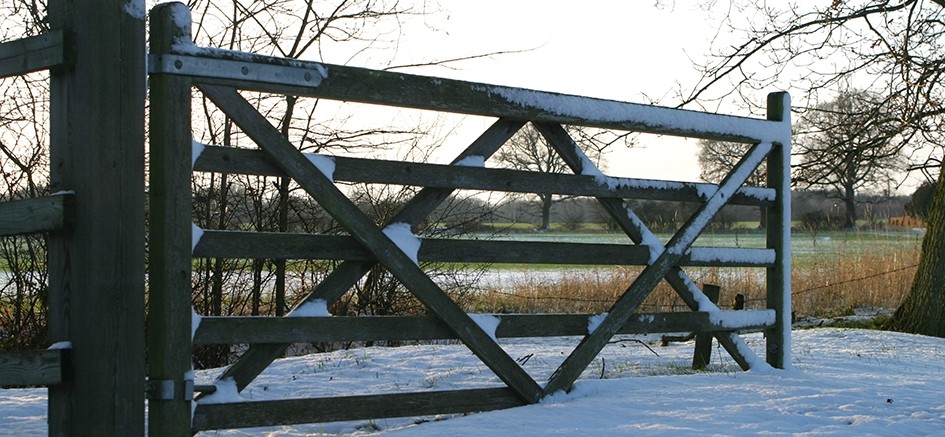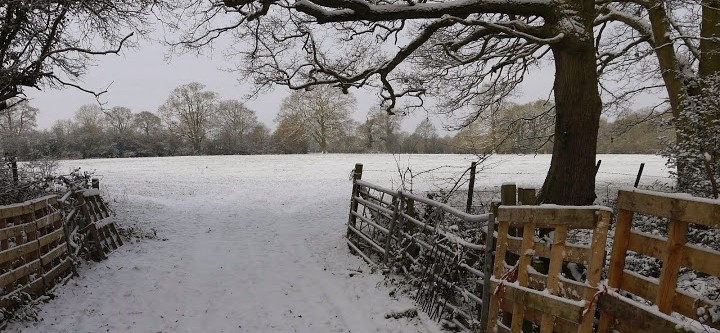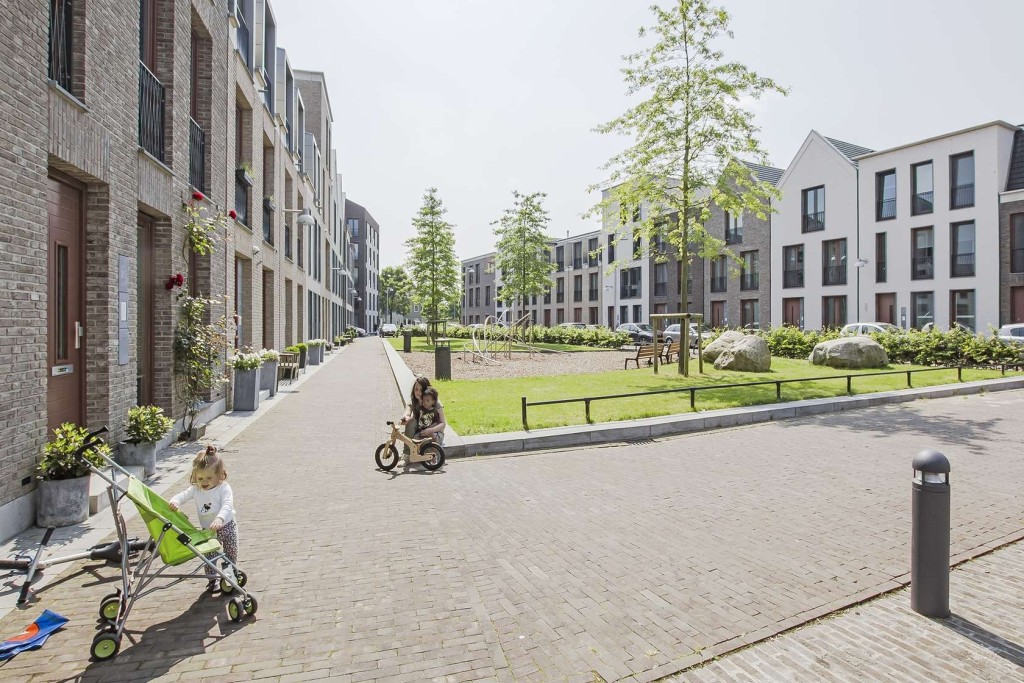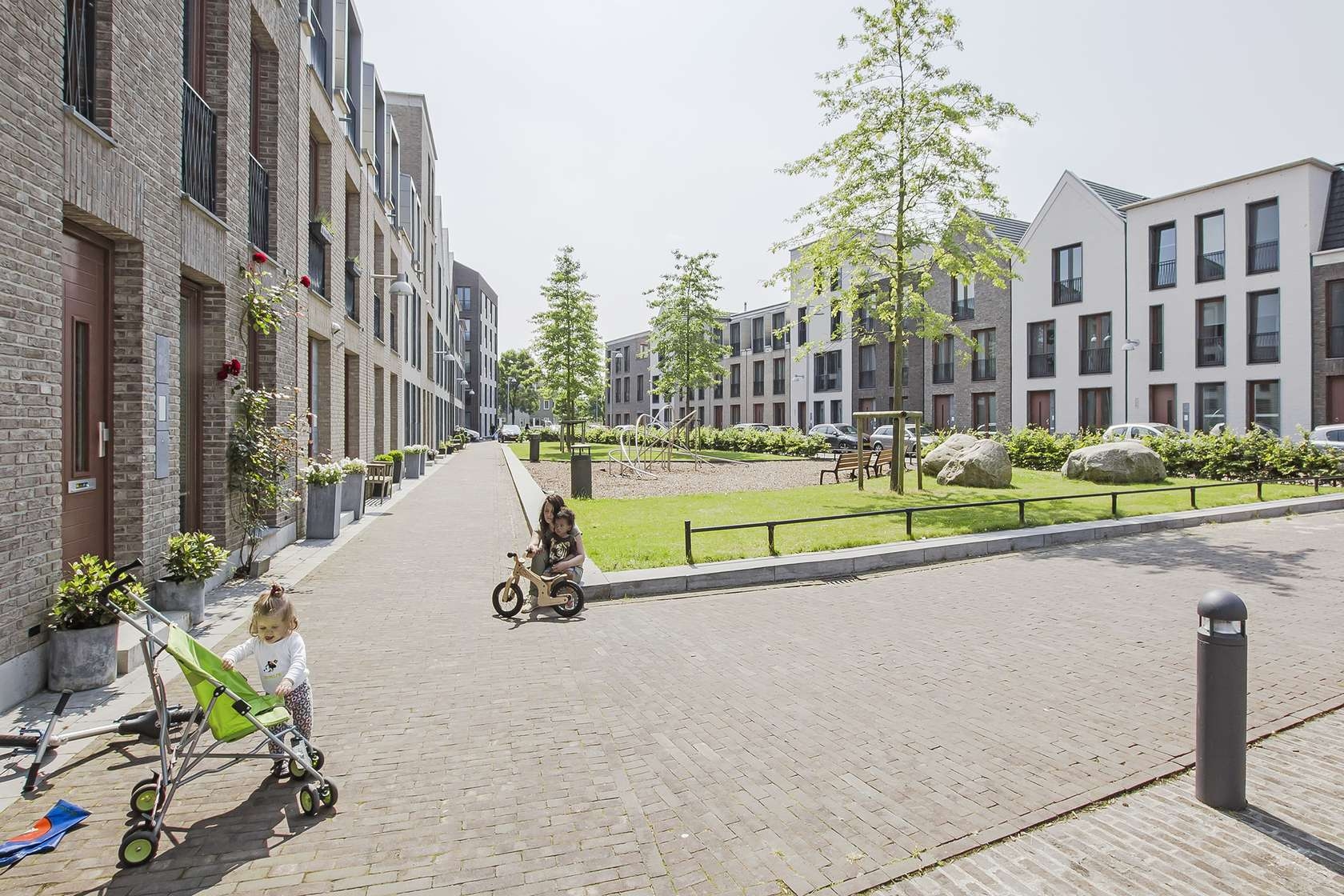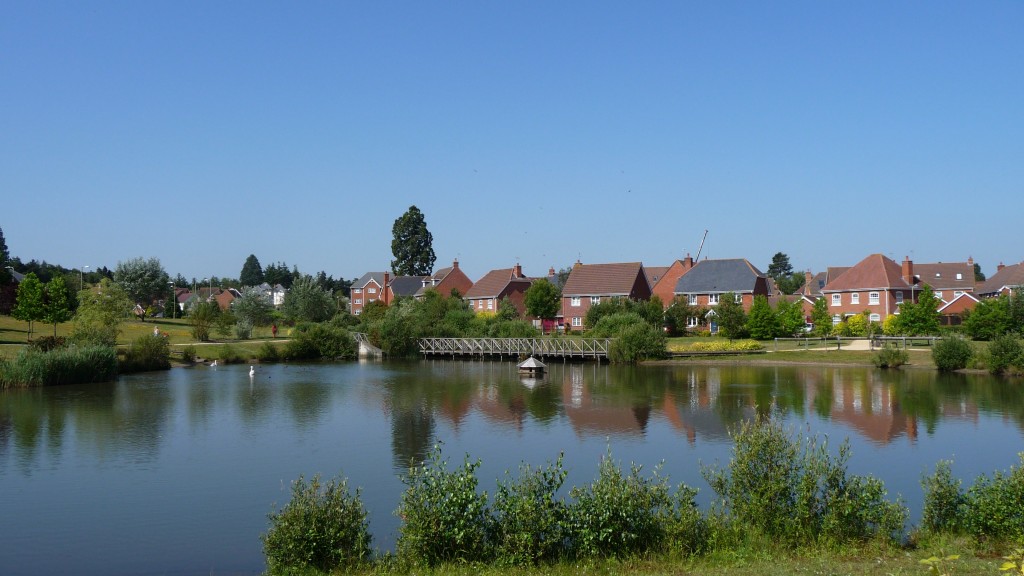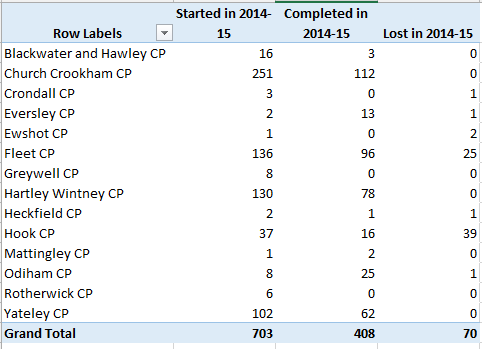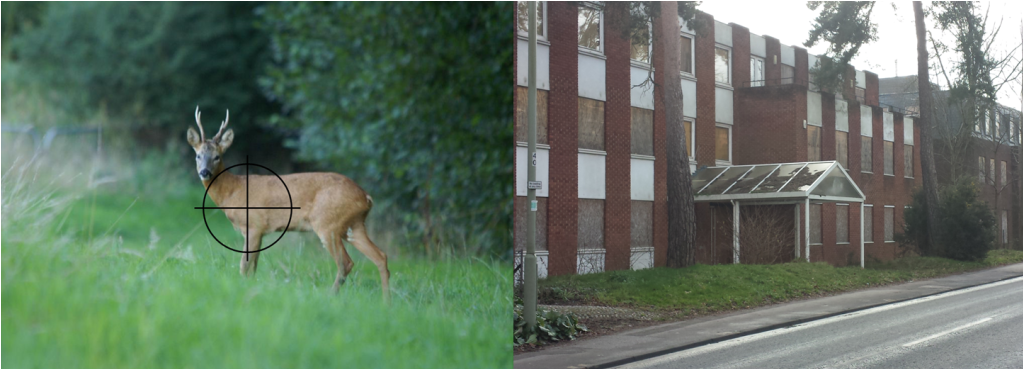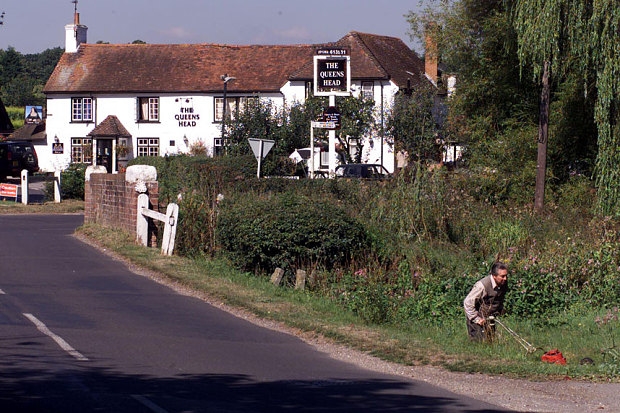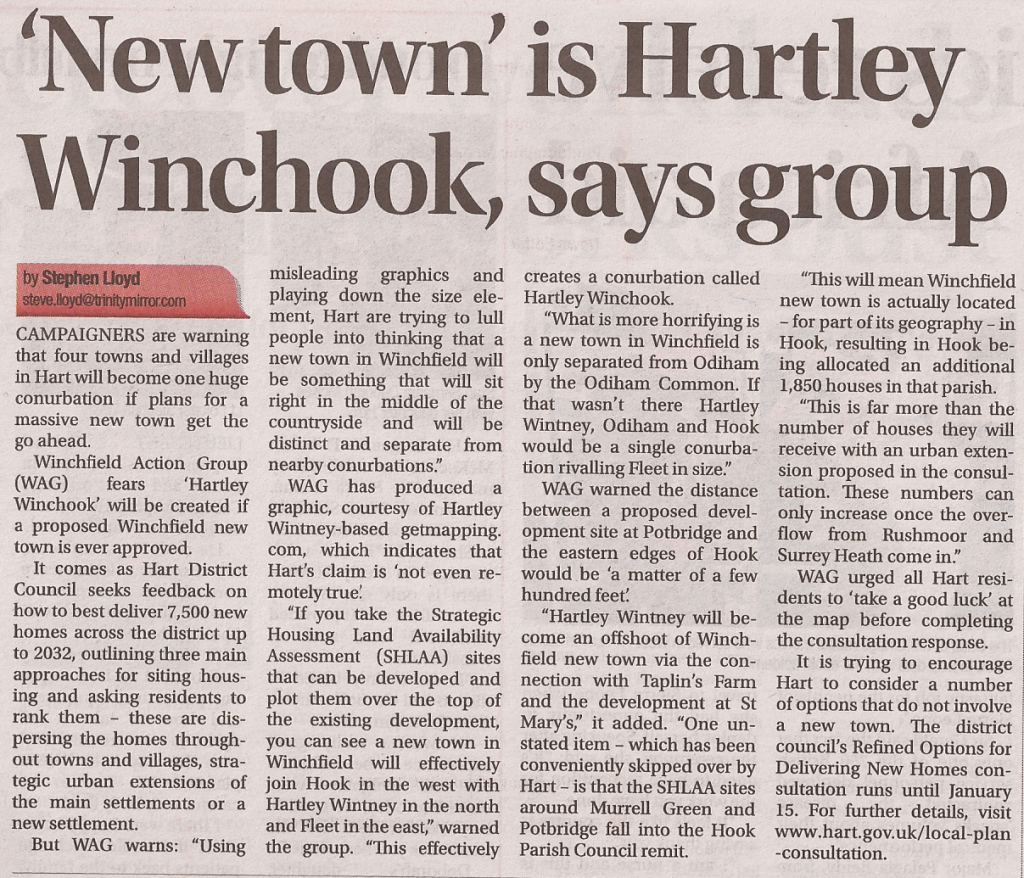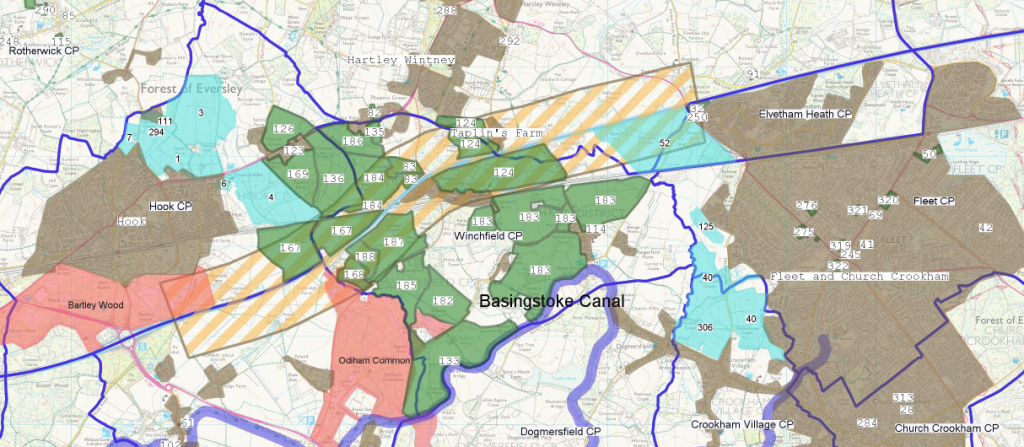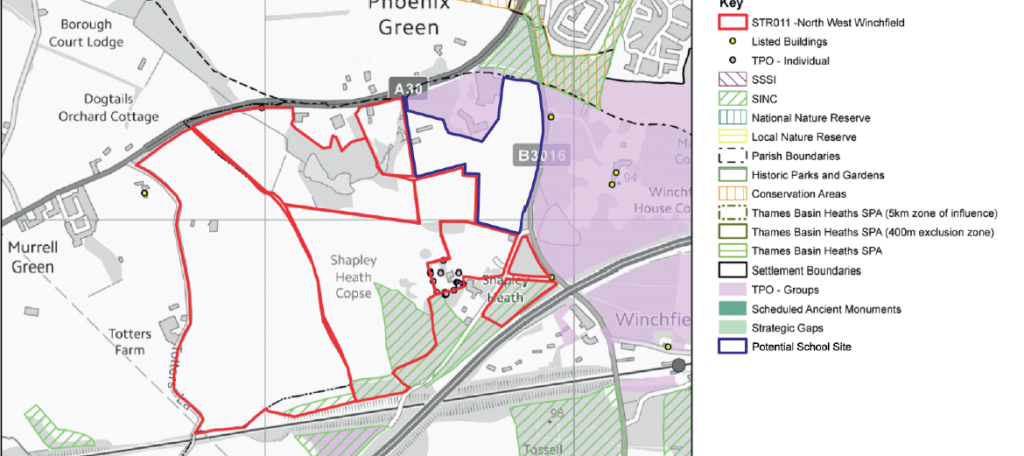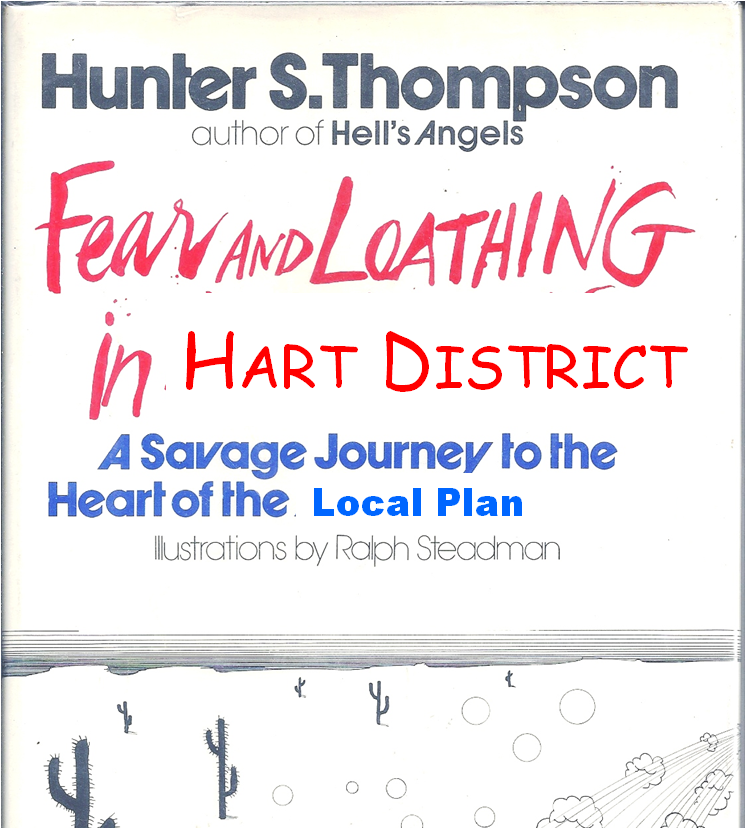
Fear and Loathing In Hart District (with due acknowledgement to Hunter S. Thompson)
Since I set up We Heart Hart, I have travelled quite a lot across the district (fortunately not swigging tequila and popping pills like the author of the book that inspired the title of this post), met with a number of parish councils and of course I have spent, as one of the councillors put it on Thursday, more time in the Hart Council chamber than some of the members.
Over the past few days I have been accused of lying, misleading people and posting inaccurate numbers. Last night I was harangued at a parish meeting I attended about the leaflet that is dropping through letterboxes now because it didn’t make clear that the author was from Winchfield. It took a good five minutes before I could get a word in edgeways to explain, that in fact I was from Hartley Wintney, and I didn’t really see my place of residence as being in any way relevant to opposing a new settlement in Hart.
I have been reflecting on these events, and a number of other interactions I have had over the past year and I must admit it has come as a bit of a shock to me to find such a high level of despair, disdain, denial and dysfunction at the heart of the institutions involved in creating our local plan. I intend no personal criticism of those involved, because I know many are committed people, who are doing their best as a labour of love. But at the same time, we need to acknowledge there are some serious issues.
Despair from a lady who had spent over 20 years fighting off various development proposals she disagreed with, but clearly without as much success as she would like and despair from residents who feel as though they have no say over deciding the “needs” of our district.
Disdain from senior councillors who give at best perfunctory answers to perfectly reasonable questions. Disdain from council officers who do their best to avoid answering FOI questions and disdain from a number of councillors who according to one senior councillor will not engage in the Local Plan process unless it affects their own ward.
Denial from a council that sought to limit and censor questions that made them uncomfortable and denial from parish councils who either don’t want to engage in neighbourhood planning or from a parish councillor who wished to ignore 1,800 new houses just to the east of his town’s settlement boundary, even though they were in the parish he served.
And dysfunction from a parish council that spent 20 minutes clearly disagreeing about something, with one faction obviously not in agreement with the other, but neither party actually explaining what the point of disagreement was, and certainly no-one proposing a solution. But the bigger dysfunction, is in parish councils who simply want to pass the development hot potato to another parish and at the district level, it is apparently bad form for a member to ask a question from the floor to hold the executive to account, even when the plan is running two years behind the schedule set out after the last local plan failed at inspection.
I find it astonishing that otherwise sensible and well educated people can behave in this way and despair as to how anyone could think that a good local plan could emerge from such a situation.
I guess I have been lucky, that for most of my adult life, I have had the privilege of joining teams that were already high performing, or played my part in creating and leading high performance teams. I have noticed several key things that mark out good teams from bad ones. The first is to have a common objective, the second is honesty and respect in communications, third trust in each other and fourth, no matter how bad a situation may be, you need to accept the truth of it for what it is, and then work to fix it, rather than pretend the issue doesn’t exist. But above all, leadership is required to join it all together and provide some inspiration.
The local Tory party are as split on the Local Plan as the Parliamentary Labour Party, with rural members totally at odds with urban councillors. The local Lib Dems are split too, with the Lib Dem County Councillor denouncing the idea of a new town, the local candidates for Hartley Wintney ward similarly coming out against a new town, but the sitting members all voting in favour of a new town in Winchfield in November 2014. The only party with a consistent position, albeit one that I disagree with, is CCH. There is no common objective for the district, just a set of petty rivalries between parishes.
So, what do we do about this? Well, there’s a great quote from the book referred to above: “When the going gets weird, the weird turn pro”. Well the going has certainly got weird, so it’s time for someone to turn pro.
First, I would like to see the council reaching out more to the electorate and asking us what we think are the key issues in the district and asking us whether we feel we “need” another 7,500 houses. I would also like to see a focus on the regeneration of our town centres in the major settlements, like Fleet, Hook, Blackwater and Yateley. Many councillors talk a lot about “lack of infrastructure”, but none of them have put forward any ideas on how we improve the infrastructure in the existing settlements.
Second, I would like to see some change in the Local Plan Steering Group Team. They have all been at it for some time, no doubt many of them were part of the team that put forward the plan that failed in 2013 which has left them with scars. It is also an all male group, so it would be good to see some of our female councillors appointed to the LPSG to bring a different dynamic to the group. I really do think some training and group work on conflict resolution and effective conversations will help them and the whole council.
We also need to see some of the councillors lifting themselves up above their own wards and thinking strategically about what is best for the whole district. Surely it cannot be sensible or sustainable to concrete over green fields, equivalent to 17 football pitches each year to meet our so called housing needs? Many of the councillors complain about poor planning decisions in the district in the past, but are showing precious little sign of learning lessons and changing the process. It is time for some real leadership and some proper vision, and if they don’t have that amongst their number, then they need to bring in some people who do.
We the electorate also need to take some responsibility for the people we elect, and in the medium term, look to elect some new blood to change the perspective and bring new talents.





